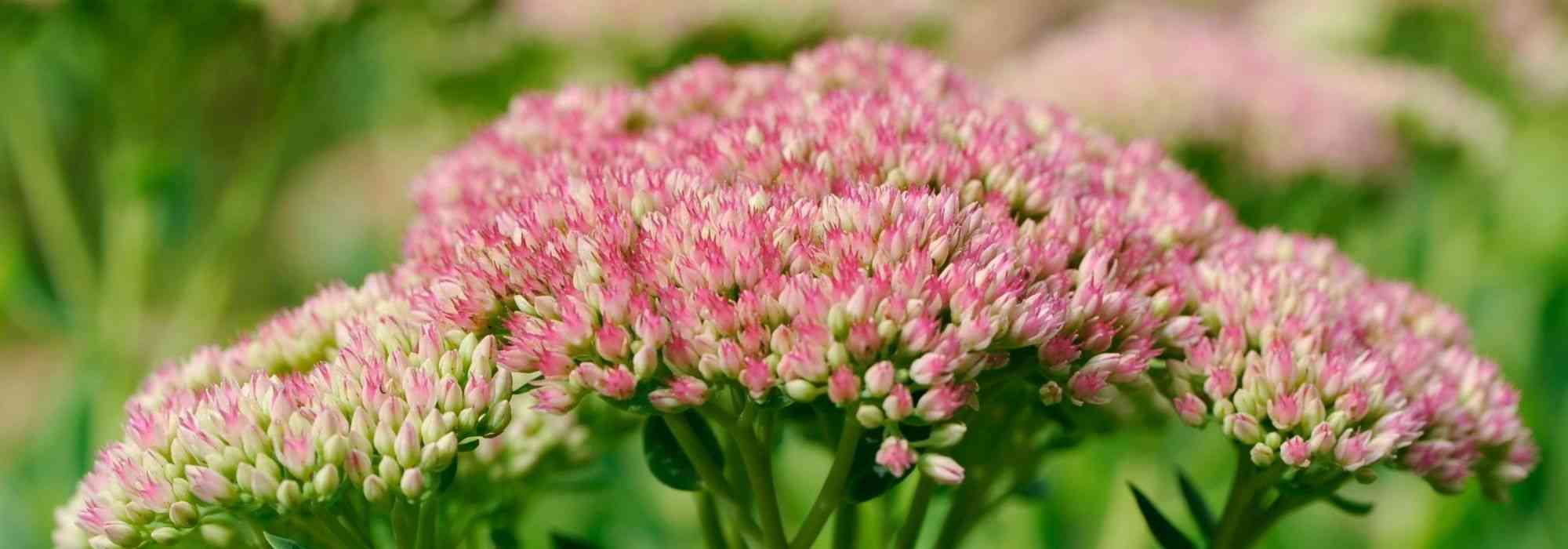
10 drought-resistant perennial plants for gardens without watering
Our selection
Contents
For several years now, we have been suffering each summer from episodes of drought and heatwaves, often prolonged and associated with water restrictions.
It is clear this will not improve with time, and even if watering is still permitted, it will cost us money and our health. Besides wasting water, a precious commodity, you may also lose the pleasure of gardening. So what to do? Stop looking after our beautiful plants? Stop creating gardens? Certainly not! Many hardy plants can grow, flower and thrive even during drought. Here is a small selection of flowering perennials, groundcover plants and drought-tolerant grasses, ideal for gardens without watering… Enough to keep your garden flowering all summer without worrying about lack of rain.
Delosperma, perennial purslane
Native to South Africa and Madagascar, Delosperma likes heat, sunshine and dry soil. Variety ‘Wheels of Wonder Orange‘ is literally covered with small ligulate bright orange flowers from June to September. It is a succulent groundcover plant perfect for rockeries, very dry soil and low walls… It quickly covers a large area thanks to its creeping stems that root easily. This perennial ice plant will be perfectly at home alongside Stachys, Centranthus or Sedum (see below). One small warning, however: it will suffer below −10°C.
Stachys byzantina, large, velvety ears...
Stachys byzantina’s little nickname “bear’s ear” or “rabbit’s ear” is even more emphasised in the ‘Big Ears‘ variety, which literally means “big ears” in reference to the size of its pretty downy, silvery leaves. Stachys enjoy sun and, in drier soil, their foliage becomes more silvery in colour. Although some find flowering too understated, the upright flower spikes bearing a few pink flowers arranged in tiers on the plant are quite charming. This groundcover plant is also very hardy to cold and… pretty much everything else. The only thing it dislikes is standing in water. In short, if you haven’t adopted it yet, this perennial should be planted at once in a rockery, a sunny border or as an edging…
Achillea 'Little Mooshine', a golden tapetum for sunny spots...
If you like carefree wildflowers, Achillea ‘Little Moonshine’ is the plant for you. More compact than its “big sister” ‘Moonshine’, it also has earlier flowering. Capable of greening up a neglected spot very quickly, it is also utterly undemanding. It also has charming finely divided silvery-grey foliage, barely competing with its exuberant yellow corymb flowering, spreading between May and September. In the garden, use it in rockeries, as edging for a sunny bed, at the base of roses or even… to replace lawn on an area not walked on.
Read also
How to save water in the garden?Gaura lindheimeri, an extremely floriferous perennial...
A vigorous clump of a Gaura lindheimeri “normal” is already splendid by definition but the variety ‘Freefolk Rosy‘ defies belief. It flowers continuously from June to October in a multitude of star-shaped white flowers edged with pink, all borne on flexible stems that sway with the wind. Even the foliage is magnificent: variegated cream with small purple touches. Its tap root allows it to establish in very dry rocky soils. But Gaura will be at home everywhere in your garden: in a sunny border, among bushes, at the foot of roses, in an American-style meadow alongside Aster, Echinacea or grasses and even in large containers. Look no further, you absolutely must have Gauras!
Autumn Sedum, a delight for gardeners and small creatures...
Autumn sedum flowers late, hence its name, between August and October. This is a blessing for late-season butterflies and a few bees nearing the end of their lives. variety ‘Matrona’ has an elegant flowering in cymes composed of a myriad of tiny star-shaped pink flowers. Its foliage turns purple in autumn and dried stems can remain in place throughout winter. It’s decorative but also useful for some birds that will feast on seeds. Sedums prefer dry, sunny, even scorching soils and are very hardy. The only thing they dread is winter wetness.
Centranthus ruber, perennial that shoots up everywhere...
Red valerian (Centranthus ruber) features a superb red flowering from June to October. These flowers are very nectariferous and attract many butterflies. This plant is almost fail-safe because it shoots up everywhere, with a preference for poor, dry soils, and will insert itself successfully as soon as it spies a small patch of bare soil in a border or simply a gap in mortar joints. It wanders so easily around your garden that it may make little excursions onto the street or into your neighbours’ gardens. Not a big deal: red valerian is so beautiful that nobody will mind…
Euphorbe Charachias, a tough perennial
Sometimes forming clumps over a metre across, Euphorbia Characias, or shrubby spurge, is interesting in more ways than one. It copes very well with drought, can grow in tricky places (on a wall, for example) and displays bluish-green evergreen foliage all year round. A true botanical curiosity, this spurge rewards us with a very pleasant yellow-green “flowering” that lasts from June to September. Shrubby spurge is particularly well showcased alongside sedums, phlomis, thyme or lavender for a Mediterranean-style border.
Erigeron karvinskianus, a tapetum of wall daisies...
Erigeron karvinskianus or fleabane hasn’t earned its nickname “pâquerette des murailles” for nothing. It somewhat resembles a daisy in terms of its flowering, which spreads from March to October, with a pause during dry spells, before resuming in earnest as soon as rain returns. It copes with even the driest, poorest soils. It self-seeds everywhere and also spreads by rootstock, but can you blame it? This likeable little fleabane is never intrusive and flowers in the most inhospitable corners of the garden (steps, old walls, between paving slabs,…), where no other plant would have wanted to slip in. Note that its foliage is evergreen over winter down to -5°C.
Festuca glauca, blue herb...
Variety ‘Elijah Blue’ is even more resistant and longer-lived than the typical species. This grass prefers poor soils, is very hardy and tolerant of drought. It forms small tufts of beautiful steel-blue foliage, highlighted by a few silver spikelets in late spring. It is a trouble-free grass that will find its place in a rockery, in a sunny border, as a ground cover, as an edging, in a pot or as an alternative to an untrafficked lawn. Its blue-tinged foliage provides a striking contrast with yellow flowering plants such as Achillea ‘Moonshine’, for example.
Stipa tenuifolia, a fountain of angel's hair...
This charming grass needs no introduction. Stipa tenuifolia is also known as “angel’s hair” for its delicate foliage that sways in the slightest breeze. As comfortable in a ‘wild’ meadow as in a formal contemporary garden, it is also one of the most resilient grasses: poor soils, dry soils, cold, heat… Whatever the conditions, Stipa tenuifolia will form attractive clumps by the following year, playing with wind and sun. It can also self-seed wherever it chooses. In the garden, plant it with other airy, flowering perennials: Buenos Aires verbena, gaura, asters, corn cockle, penstemons, …
- Subscribe!
- Contents
































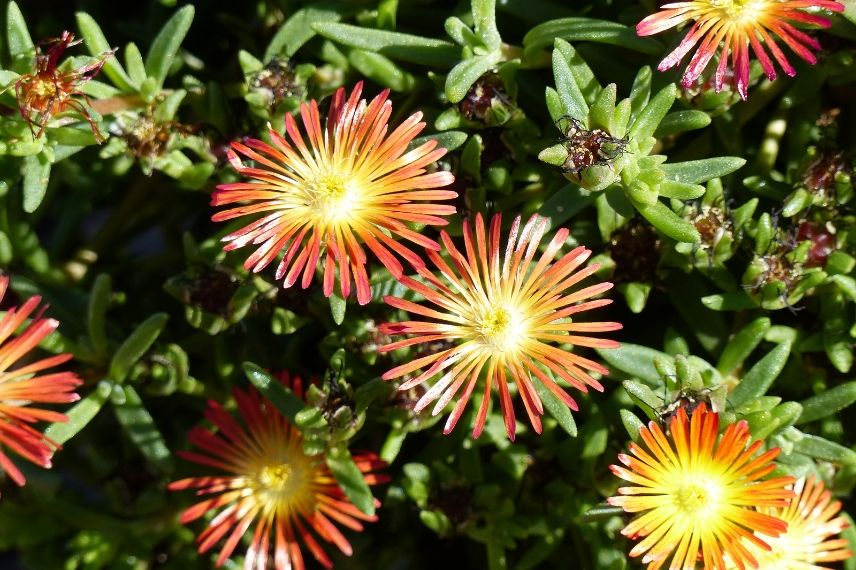
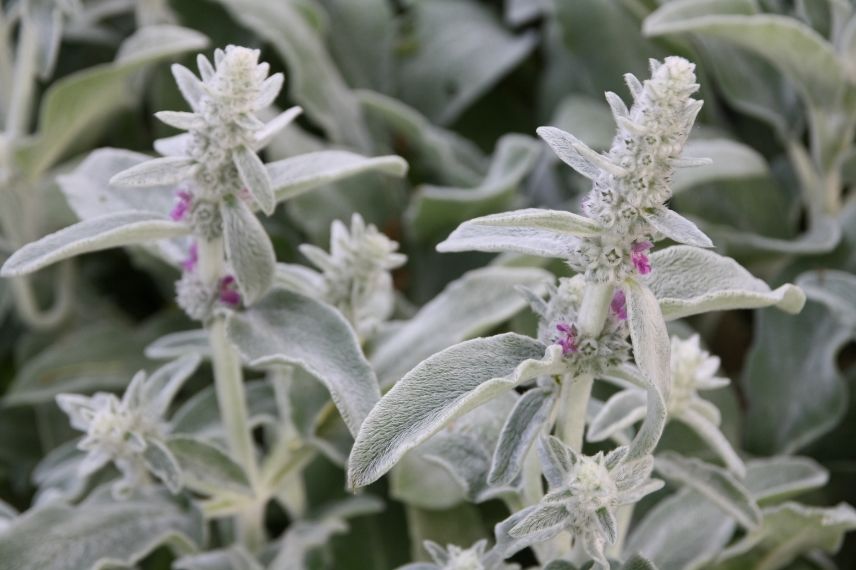
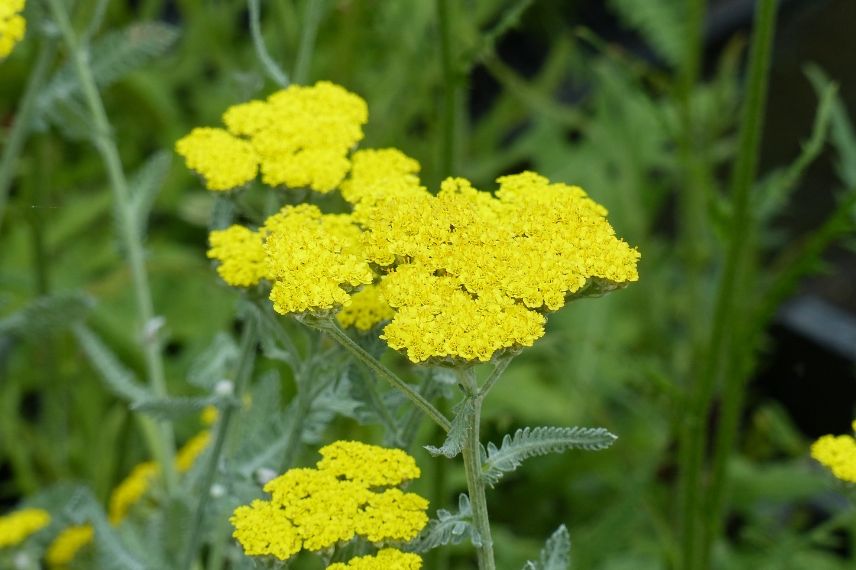
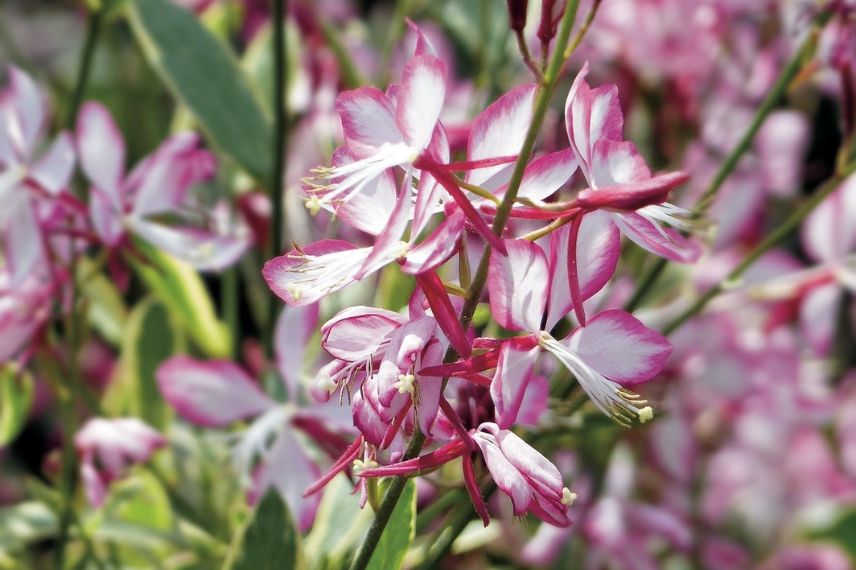
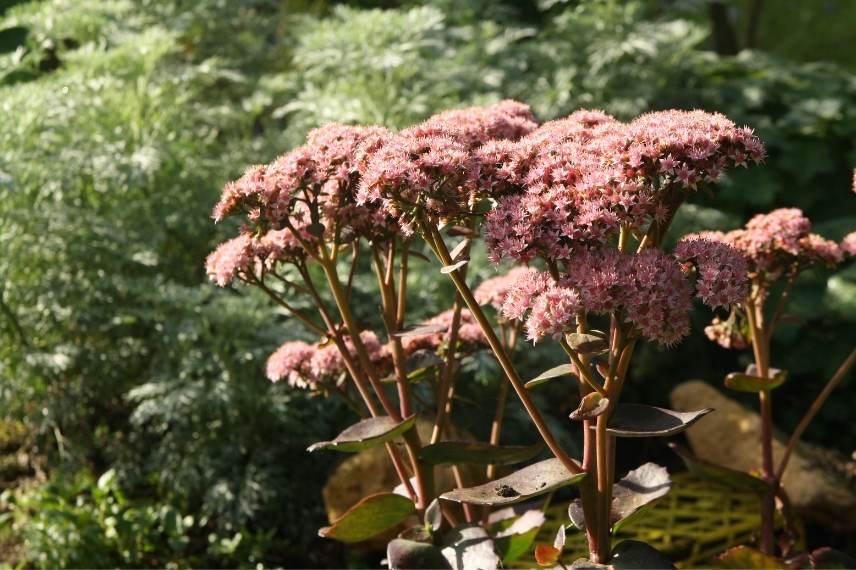
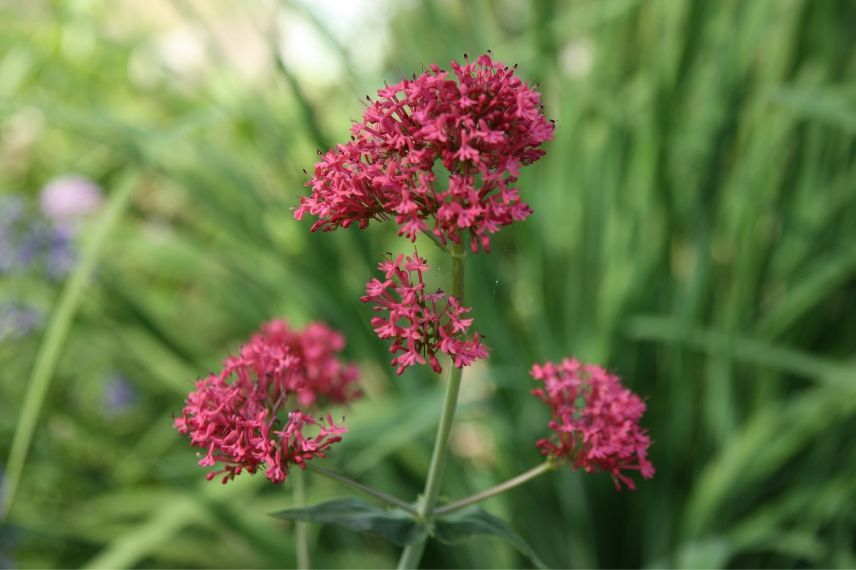
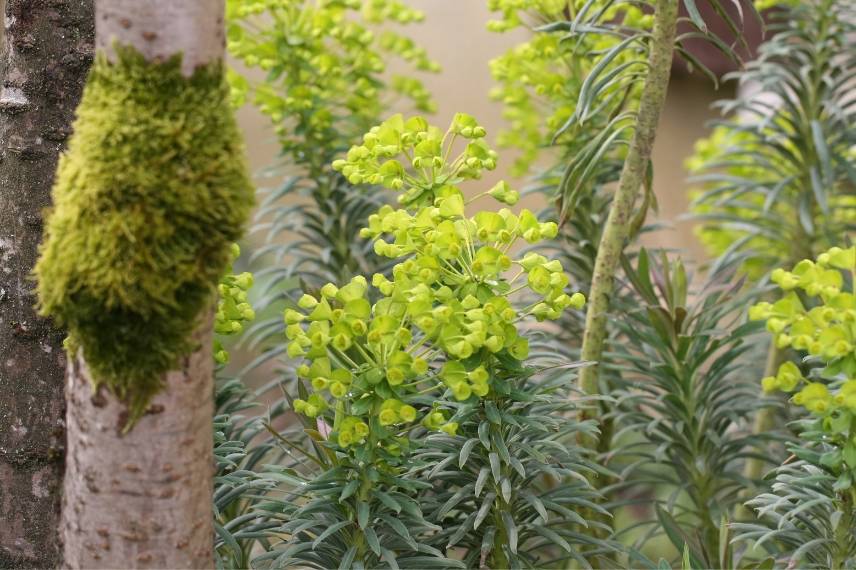
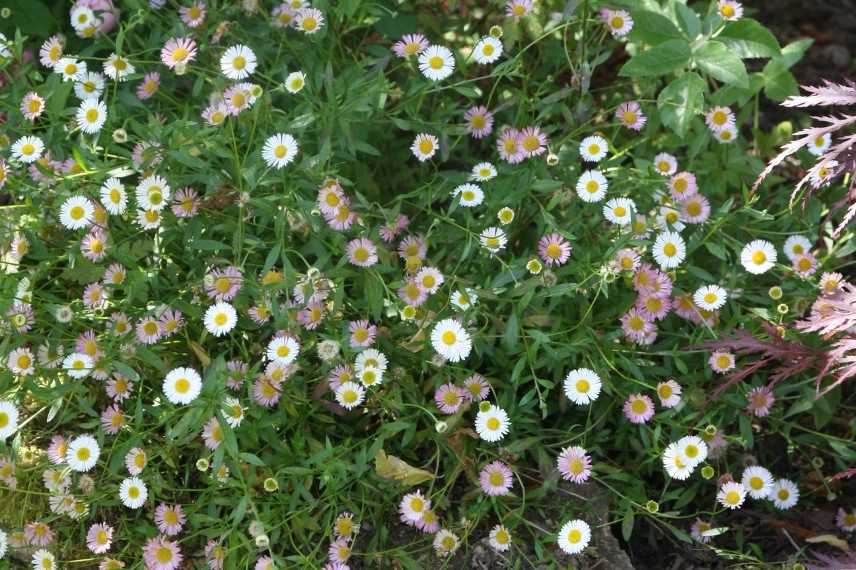
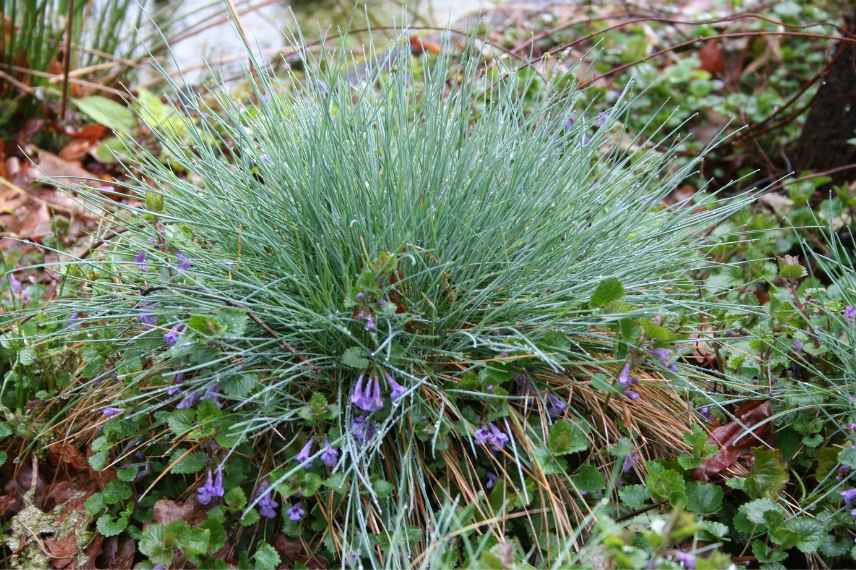
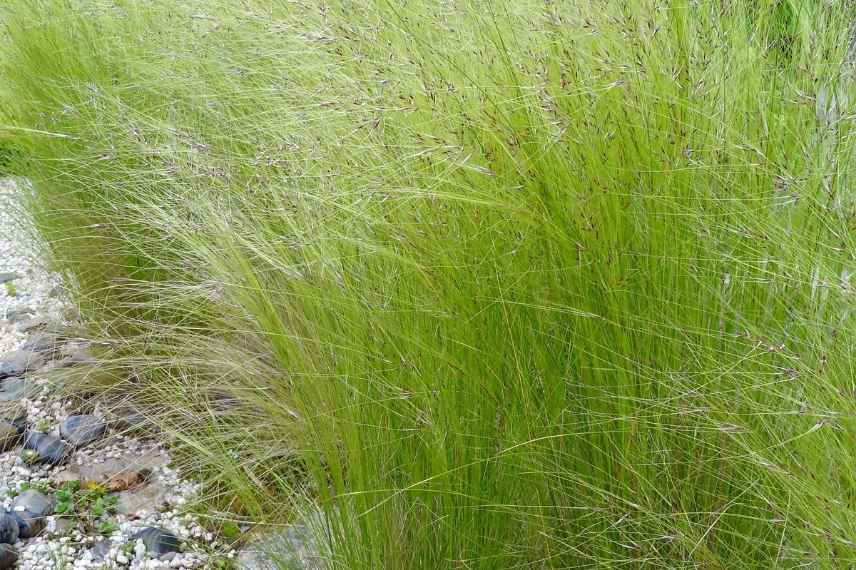
Comments